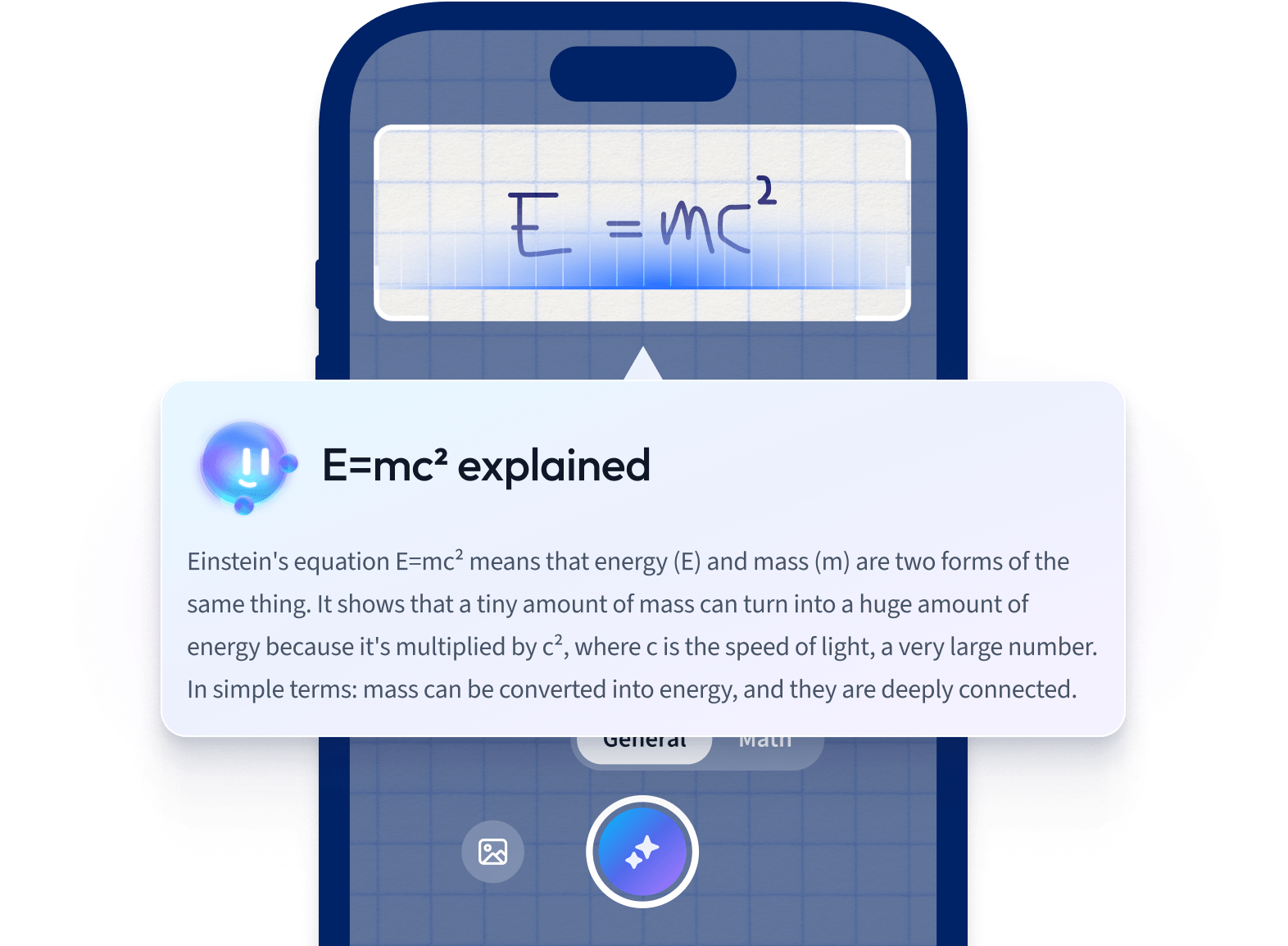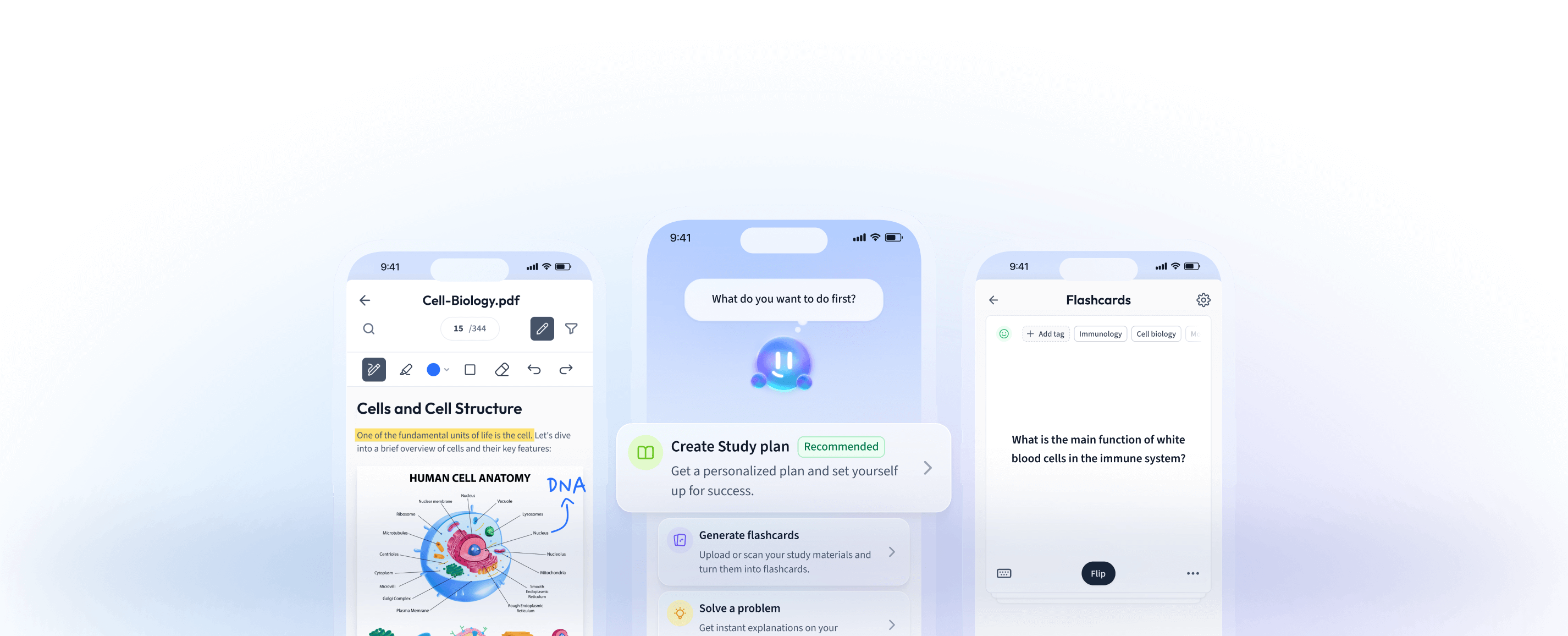- This article is about period 3 oxides in inorganic chemistry.
- We’ll start by considering the bonding in period 3 oxides.
- We’ll then see how this affects some of their properties, such as the melting point and electrical conductivity, as well as the oxidation state.
- After that, we’ll look at their reactions with water, acids, and bases. This will involve considering their acid-base behaviour.
- Finally, we’ll also explore some other period 3 compounds, namely, period 3 hydroxides and chlorides.
Bonding in period 3 oxides
To begin with, let’s look at the bonding within period 3 oxides. This will help with our understanding when we investigate the properties and reactions of period 3 oxides later on.
There are many different period 3 oxides, but in this article, we will limit our exploration to just Na2O, MgO, Al2O3, SiO2, P4O10, SO2 and SO3. To make life easier, we’ve split them into two groups: the metal oxides (Na2O, MgO and Al2O3) and the non-metal oxides (SiO2, P4O10, SO2 and SO3).
If you want to find out how these oxides are made, check out ‘Period 3 Elements’ for a look at the different reactions.
In general, as you move from left to right across the period, the bonding in period 3 oxides changes from ionic to covalent. This has to do with the electronegativity difference between the period 3 element and oxygen.
Metal oxides
Na2O and MgO are ionic compounds. This is because there is a large electronegativity difference between the metal and oxygen. They consist of a giant lattice of alternating positive metal ions and negative oxygen ions.
Al2O3 is also ionic but displays a covalent character. Although the electronegativity difference between aluminium and oxygen is large enough for a transfer of electrons, forming an ionic bond, the aluminium ion is quite small and has a high charge density. This means that it is partially able to attract one of the oxygen ion’s pairs of electrons, distorting the oxygen ion’s electron cloud. The electron pair starts acting a little like a shared pair of electrons.
Non-metal oxides
SiO2 is a giant covalent macromolecule. The electronegativity difference between silicon and oxygen isn’t that large, and so SiO2 bonds covalently. It consists of a giant lattice of silicon and oxygen atoms joined by covalent bonds.
P4O10, SO2 and SO3 also bond covalently. However, they form simple covalent molecules instead of a giant covalent macromolecule.
 Fig. 1 - Electronegativity in the periodic table
Fig. 1 - Electronegativity in the periodic table
The properties of period 3 oxides
Next, let’s see how the structure and bonding of period 3 oxides affect their properties. In particular, we’ll focus on the melting point and electrical conductivity. We’ll also look at the oxidation state.
Melting point of period 3 oxides
The period 3 metal oxides have high melting points, while the simple covalent oxides have low melting points. However, the giant macromolecule SiO2 has a very high melting point.
Metal oxides
Na2O, MgO and Al2O3 have high melting points. This is because they are ionic compounds, held together as a solid by strong electrostatic attraction between their positive metal ions and the negative oxygen ions. MgO and Al2O3 have higher melting points than Na2O because they contain metal ions with a higher charge.
Non-metal oxides
SiO2 has a very high melting point because it is a giant covalent macromolecule. It consists of a lattice of silicon and oxygen atoms stretching in all directions, held together by strong covalent bonds. Melting SiO2 involves overcoming these covalent bonds, which requires a lot of energy.
P4O10, SO2 and SO3 have low melting points. This is because they are simple covalent molecules. Although there are strong covalent bonds within the molecules, the only forces holding the molecules together as a solid are weak intermolecular forces, which don’t require much energy to overcome. P4O10 has a higher melting point than SO3, which in turn has a higher melting point than SO2 due to the fact that it is a larger molecule.
Electrical conductivity
In their solid state, none of the period 3 oxides can conduct electricity. However, this changes in other states.
Metal oxides
Period 3 metal oxides (Na2O, MgO and Al2O3) can conduct electricity when molten or aqueous. Remember that metal oxides are made up of an ionic lattice of positive metal ions and negative oxygen ions. As a solid, these ions are fixed firmly in place by strong electrostatic attraction, and so there are no charged particles free to move about. However, when molten or aqueous, some of the electrostatic attraction is overcome, and the ions are able to move around and carry a charge.
Non-metal oxides
Period 3 non-metal oxides (SiO2, P4O10, SO2 and SO3) can’t conduct electricity in any state. This is because they don’t contain any charged particles that can carry a charge.
Oxidation state
Now let’s have a go at working out the oxidation states of period 3 oxides.
Oxidation states, also known as oxidation numbers, show the number of electrons an element needs to lose or gain compared to its un-combined state.
Earlier in this article, we looked at the relative electronegativities of oxygen and the period 3 elements. Oxygen is more electronegative than all of them. This means that when it comes to period 3 oxides, oxygen always takes the lower oxidation state. In particular, it always takes an oxidation state of -2. The sum of the oxidation states in a neutral compound is always zero, and so using this knowledge, we can work out the oxidation states of the period 3 element involved. This table should help:
 Fig. 2 - The oxidation states of period 3 oxides
Fig. 2 - The oxidation states of period 3 oxides
Reactions of period 3 oxides
Period 3 oxides have one thing in common: they all contain oxygen. However, this doesn’t mean that they react in the same way. In this next section, we’ll look at how period 3 oxides react with oxygen, acids, and bases. This involves considering their acid-base nature.
An acid is a proton donor, while a base is a proton acceptor.
Head over to ‘Acids and Bases’ if this is your first time covering these sorts of compounds.
Metal oxides on the left of period 3 tend to be basic in nature, while non-metal oxides are acidic. Al2O3 sits in the middle and is amphoteric.
Period 3 oxide reactions with water
In general, period 3 metal oxides are basic in nature. This means that they react with water to produce a hydroxide, forming a basic solution. On the other hand, period 3 non-metal oxides are acidic in nature. They react with water to form an acid.
Metal oxides
Na2O and MgO react with water to form hydroxides. They do this because of their ionic bonding. They contain strongly basic oxide ions (O2-) thanks to the large electronegativity difference between the metal and oxygen. The oxygen ion can accept a hydrogen ion from the solution, acting as a base.
- Na2O reacts with water to form NaOH, which dissociates into Na+ and OH- ions.
- MgO reacts with water to form Mg(OH)2, which is sparingly soluble and partially dissociates into Mg2+ and OH- ions.
Here are the equations:
$$ Na_2O(s)+H_2O(l)\rightarrow 2NaOH(aq) $$
$$ MgO(s)+H_2O(l)\rightarrow Mg(OH)_2(aq) $$
On the other hand, Al2O3 is insoluble in water and thus won’t react at all.
Non-metal oxides
P4O10, SO2 and SO3 react with water to form acids. Because they bond covalently, they don’t contain any oxygen ions and so can’t act as bases. Instead, they’re able to donate a hydrogen ion in solution, meaning they act as an acid.
- P4O10 reacts with water to form H3PO4, which partially dissociates into H+ and H2PO4- ions.
- SO2 reacts with water to form H2SO3 (sulphurous acid), which partially dissociates into H+ and HSO3- ions.
- SO3 reacts with water to form H2SO4 (sulphuric acid), which fully dissociates into H+ and HSO4- ions.
You’ll need to know the equations:
$$ P_4O_{10}(s)+6H_2O(l)\rightarrow 4H_3PO_4(aq) $$
$$ SO_2(g)+H_2O(l)\rightarrow H_2SO_3(aq) $$
$$ SO_3(g) + H_2O(l)\rightarrow H_2SO_4(aq) $$
Like Al2O3, SiO2 is insoluble in water. It won’t react in water at all.
Don’t get your sulphur-containing acids mixed up. Here are the structures of sulphurous acid, H2SO3, and sulphuric acid, H2SO4.
 Fig. 3 - Sulphurous and sulphuric acid
Fig. 3 - Sulphurous and sulphuric acid
Period 3 oxides’ reaction with acids and bases
We now know that two of the three period 3 metal oxides are basic in nature. They, therefore, react with acids. In contrast, period 3 non-metal oxides are acidic in nature and therefore react with bases. Al2O3 lies between the two groups and is amphoteric in nature.
Metal oxides
Na2O and MgO act as bases by reacting with acids to form a salt and water. This is because they bond ionically. For example:
- Reacting Na2O with HCl produces NaCl and H2O.
- Reacting MgO with HCl produces MgCl2 and H2O.
The equations are shown below:
$$ Na_2O(S+2HCl(aq)\rightarrow 2NaCl(aq)+H_2O(l) $$
$$ MgO(s)+2HCl(aq)\rightarrow MgCl_2(aq)+H_2O(l) $$
Al2O3 is a little different – it is amphoteric. This means that it can behave as both an acid and a base. As with the other period 3 metal oxides, it acts as a base by reacting with an acid to form a salt and water, thanks to its ionic bonding. Here, the aluminium ion has a positive charge. But it can also act as an acid by reacting with bases, thanks to its covalent character. In this case, we form an aluminate, a compound in which the aluminium ion has a negative charge. For example:
- Reacting Al2O3 with HCl produces AlCl3 and H2O.
- Reacting Al2O3 with NaOH produces a variety of aluminates, depending on the conditions, one of which could be NaAl(OH)4.
Here are the equations:
$$ Al_2O_3(s) + 6HCl(aq)\rightarrow 2AlCl_3(aq)+3H_2O(l) $$
$$ Al_2O_3(s)+2NaOH(aq)+3H_2O(l)+2NaAl(OH)_4(aq) $$
Non-metal oxides
SiO2, P4O10, SO2, and SO3 act as acids by reacting with bases to form a salt and water. This is because they bond covalently. For example:
- Reacting SiO2 with NaOH produces NaSiO3 and H2O.
- Reacting P4O10 with NaOH is like reacting phosphoric acid with NaOH. It produces a mixture of salts, including Na3PO4, as well as H2O.
- Reacting SO2 with NaOH is like reacting sulphurous acid with NaOH. Overall, it produces Na2SO3 and H2O.
- Reacting SO3 with NaOH is like reacting sulphuric acid with NaOH. Overall, it produces Na2SO4 and H2O.
Once again, we’ve provided you with the equations:
$$ SiO_2(s)+2NaOH(aq)\rightarrow Na_2SiO_3(aq)+H_2O(l) $$
$$ P_4O_{10}(s)+12NaOH(aq)\rightarrow 4Na_3PO_4(aq)+6H_2O $$
$$ SO_2(g)+2NaOH(aq)\rightarrow Na_2SO_3(aq)+H_2O(l) $$
$$ SO_3(g)+2NaOH(aq)\rightarrow Na_2SO_4(aq)+H_2O(l) $$
Summary of reactions of period 3 oxides
To round up this section, here’s a useful table summarising the reactions of period 3 oxides and their acid-base natures.
 Fig. 4 - Reactions of period 3 oxides
Fig. 4 - Reactions of period 3 oxides
Period 3 hydroxides
Another type of period 3 compound that you might need to know about is period 3 hydroxides. In this section, we’ll look at the reactions of three of the period 3 hydroxides – NaOH, Mg(OH)2 and Al(OH)3 – with acids and bases.
Check whether period 3 hydroxides are covered by your specification.
Reaction with acids and bases
Both NaOH and Mg(OH)2 act as typical bases. They react with acids to give a salt and water. For example:
- Reacting NaOH with HCl produces NaCl and H2O.
- Reacting Mg(OH)2 with HCl produces MgCl2 and H2O.
Here are the equations:
$$ NaOH(aq)+HCl(aq)\rightarrow NaCl(aq)+H_2O(l) $$
$$ Mg(OH)_2(aq)+2HCl(aq)\rightarrow MgCl_2(aq)+2H_2O(l) $$
Al(OH)3 behaves a little differently – it is amphoteric. It acts as a base, reacting with an acid to produce a salt and water. But it also acts as an acid, reacting with bases to produce an aluminate. For example:
- Reacting Al(OH)3 with HCl produces AlCl3 and H2O.
- Reacting Al(OH)3 with NaOH produces NaAl(OH)4.
The equations for these reactions are below:
$$ Al(OH)_3(aq)+2HCl(aq)\rightarrow AlCl_3(aq)+ 3H_2O(l) $$
$$ Al(OH)_3(aq)+NaOH_(aq)\rightarrow NaAl(OH)_4(aq) $$
Period 3 chlorides
The last thing on our agenda today is period 3 chlorides. We’ll look at their melting points, oxidation number and their reaction with water.
Melting point
In general, the period 3 metal chlorides have high melting points, while the period 3 non-metal chlorides have low melting points. AlCl3 is an anomaly – despite being a metal chloride, it has a low melting point.
Metal chlorides
Both NaCl and MgCl2 have high melting points. This is because they are ionic compounds. Thanks to the large difference in electronegativity between the metal and chlorine, they’re able to bond ionically, and the solid is held together by strong electrostatic attraction between the oppositely charged ions.
AlCl3 is a little different. At room temperature and pressure, it bonds ionically, and so you’d expect it to have a high melting point. But as you increase the temperature, it turns from an ionic lattice into simple Al2Cl6 molecules, which eventually break up into smaller AlCl3 molecules. These are both examples of simple covalent molecules. They’re held together as a solid by weak intermolecular forces, which don’t require much energy to overcome, and so AlCl3 actually has a low melting point.
Non-metal chlorides
SiCl4, PCl5, SCl2, and S2Cl2 all have low melting points. This is because they are simple covalent molecules. The only forces holding them together as a solid are weak intermolecular forces, which don’t require much energy to overcome.
Oxidation state
In all period 3 chlorides, chlorine takes a negative oxidation state of -1. This is because it is more electronegative than the period 3 element it bonds with. The sum of the oxidation states of the atoms in a neutral compound is always zero, and from this, you can work out the oxidation state of the period 3 element. It is quite simple to remember – with the exception of SCl2 and S2Cl2, the oxidation state matches the element’s group number. The following table summarises the information for you.
 Fig. 5 - The oxidation states of period 3 chlorides
Fig. 5 - The oxidation states of period 3 chlorides
Reaction with water
Finally, we’ll explore the reactions of period 3 chlorides with water, including taking a look at the pH of the solution formed. In general, the metal chlorides simply dissolve in water, while the non-metal chlorides react more vigorously. Once again, AlCl3 bucks the trend by reacting like a non-metal chloride.
Metal chlorides
NaCl and MgCl2 both dissolve in water. They do this thanks to their ionic bonding. NaCl forms a neutral solution of Na+ and Cl- ions with a pH of 7, while MgCl2 forms a slightly acidic solution of Mg2+ and Cl- ions with a pH of around 6.
AlCl3 acts differently, thanks to its covalent character. It reacts with water to form an acidic solution with a pH of around 3, giving off steamy fumes of HCl.
Non-metal chlorides
The other non-metal chlorides react much like AlCl3, thanks to their covalent bonding. They react with water to form acidic solutions, each with a pH of around 2. All of the reactions give off steamy fumes of HCl.
There are clear trends in all of the different properties and reactions. Knowing some key facts, such as the type of bonding present in each compound, should help you when it comes to period 3 oxides, hydroxides and chlorides.
Period 3 Oxides - Key takeaways
- Period 3 oxides are compounds made up of a period 3 element and oxygen.
- Bonding in period 3 oxides changes from ionic to covalent as you move across the period. The metal oxides tend to be ionic, while the non-metal oxides are covalent. The metal oxide Al2O3 is ionic but shows a covalent character.
- Period 3 metal oxides tend to have high melting points while the non-metal oxides have low melting points. The non-metal oxide SiO2 is a giant covalent macromolecule and has a very high melting point.
- Period 3 metal oxides tend to be basic in nature, while period 3 non-metal oxides are acidic. The metal oxide Al2O3 sits in the middle and is amphoteric.
- Period 3 metal hydroxides tend to be basic in nature. However, the metal hydroxide Al(OH)3 is amphoteric.
- Period 3 metal chlorides tend to have high melting points while non-metal chlorides have low melting points. The metal chloride AlCl3 is an anomaly and has a low melting point.
- Period 3 metal chlorides tend to dissolve in water while the non-metal chlorides react more vigorously. The metal chloride AlCl3 once again behaves more like a non-metal chloride and reacts vigorously.
















